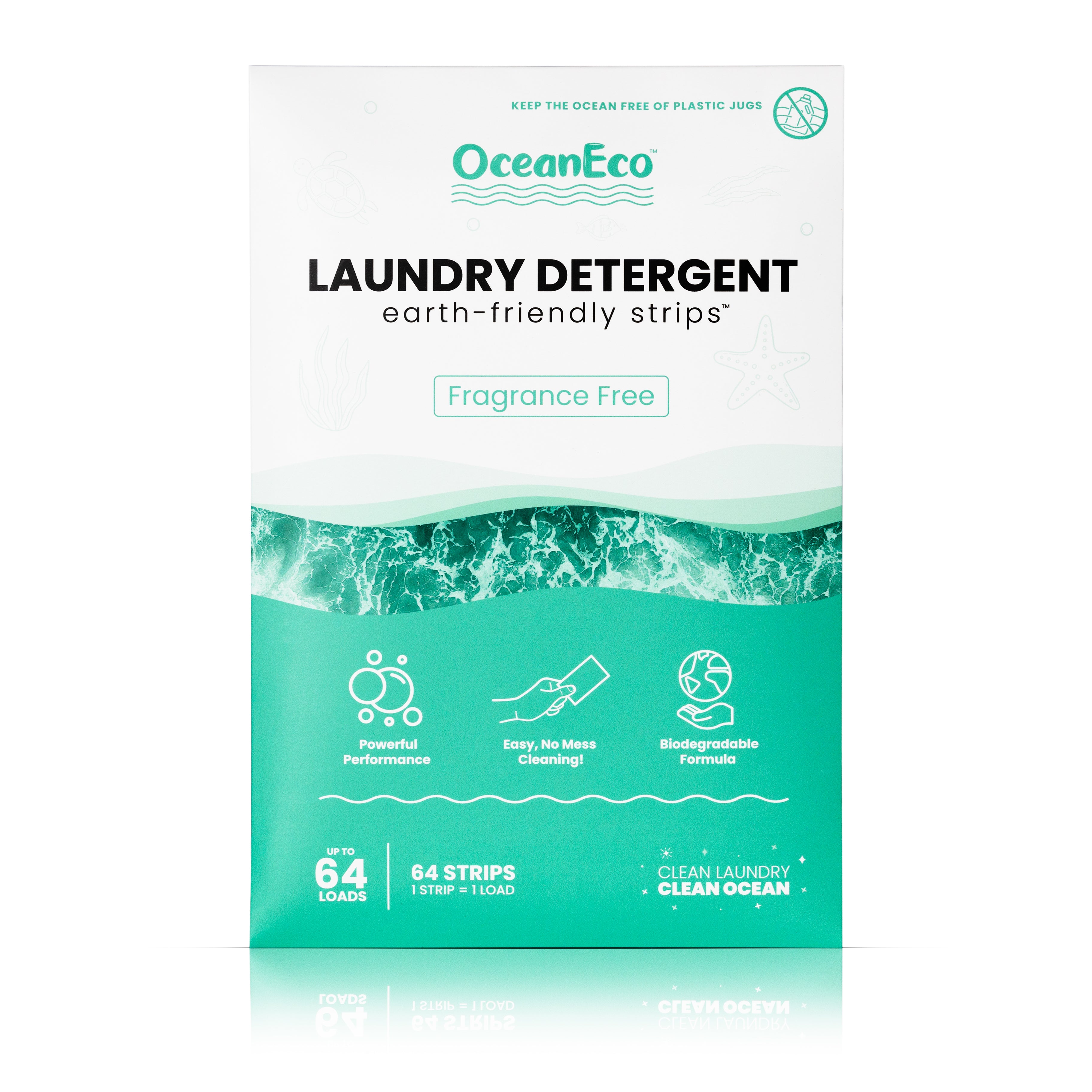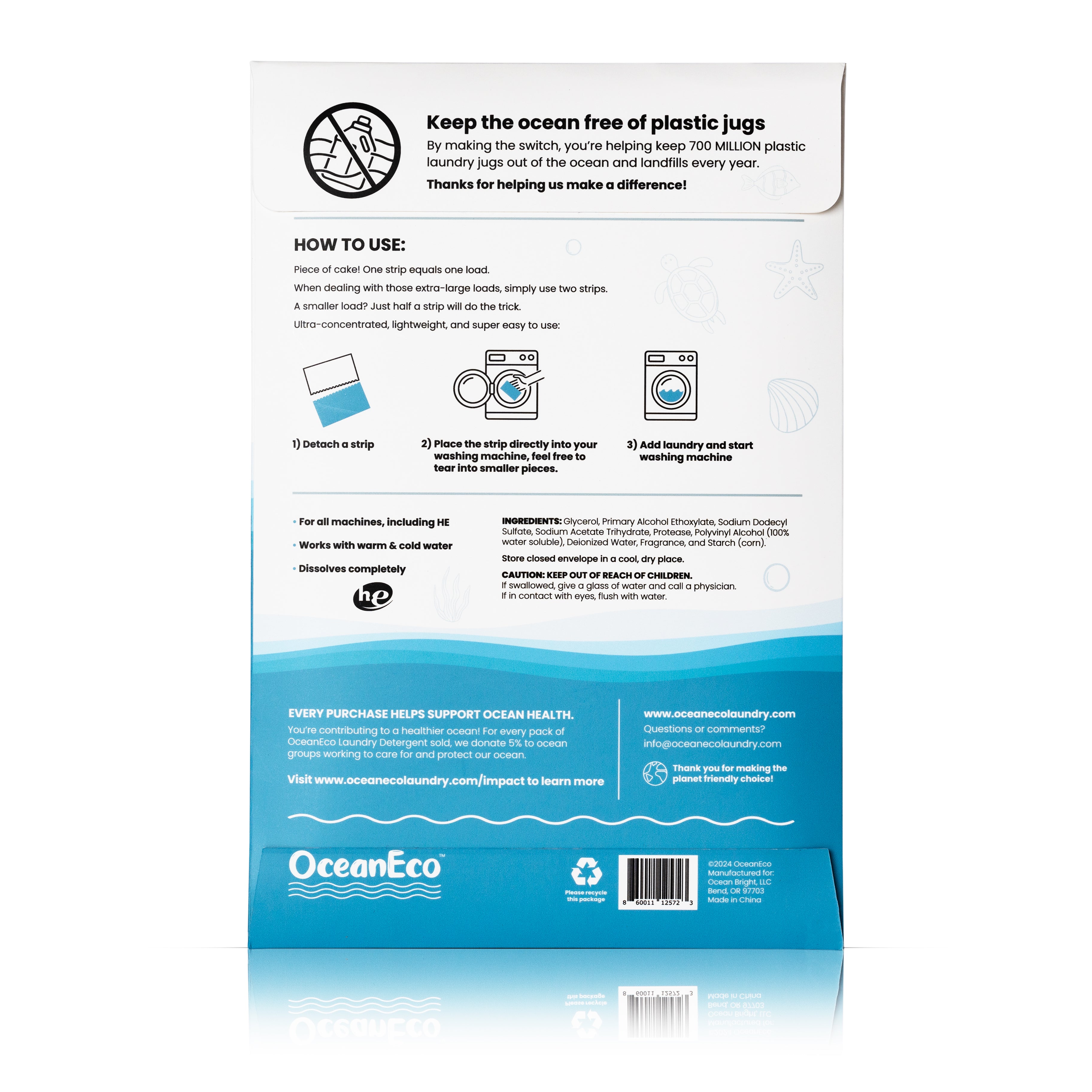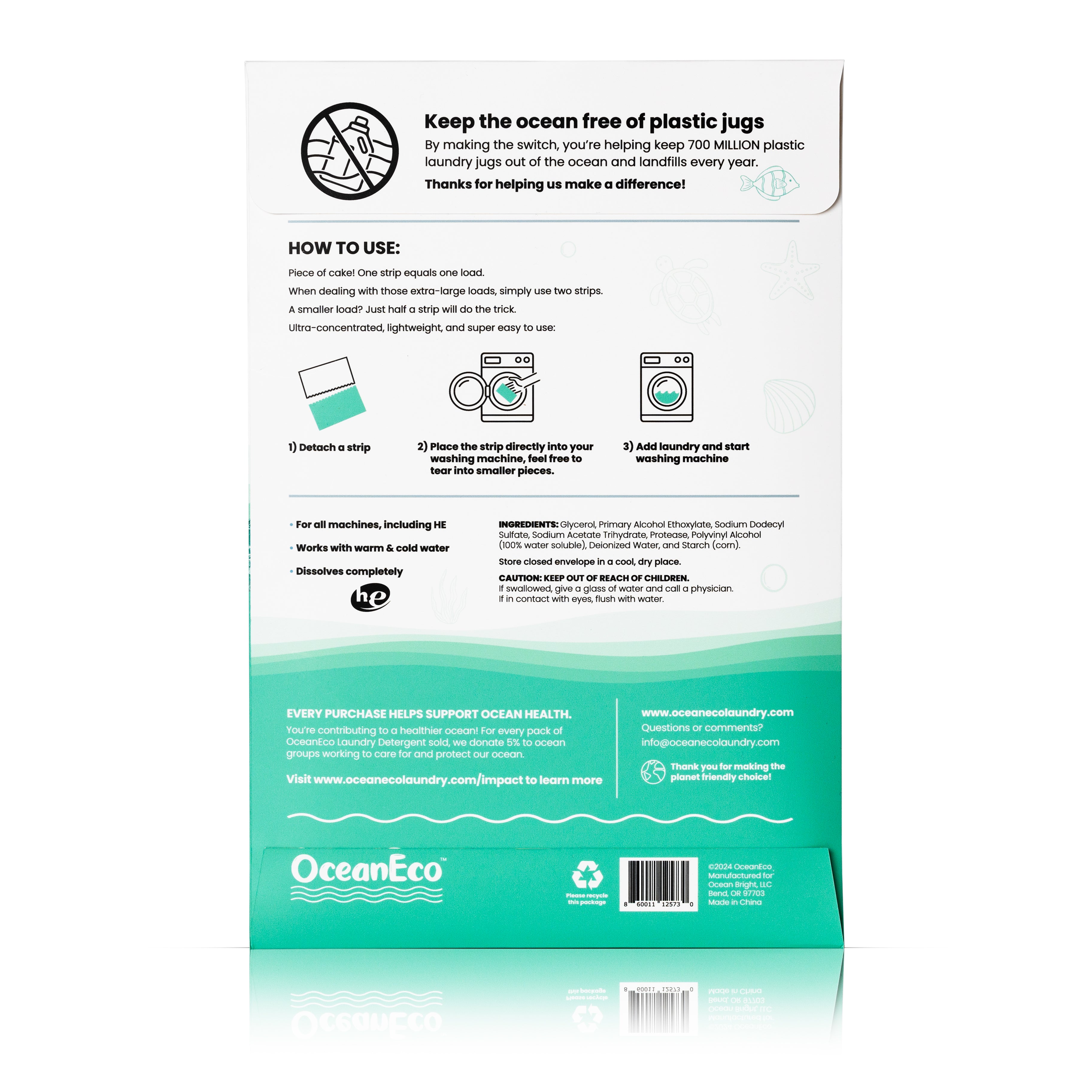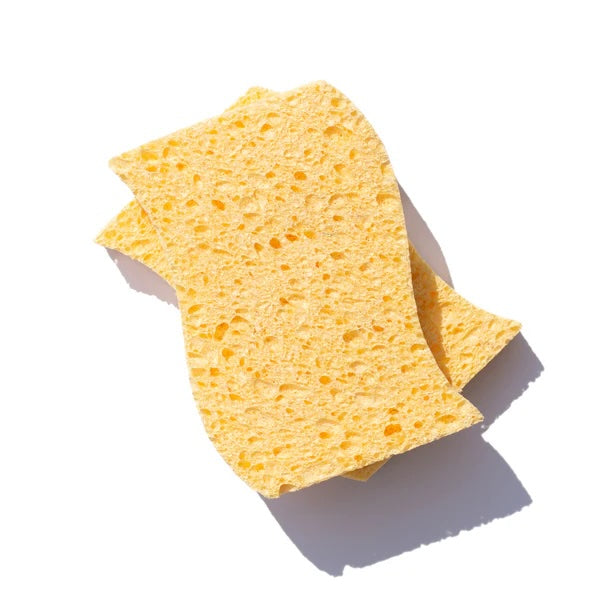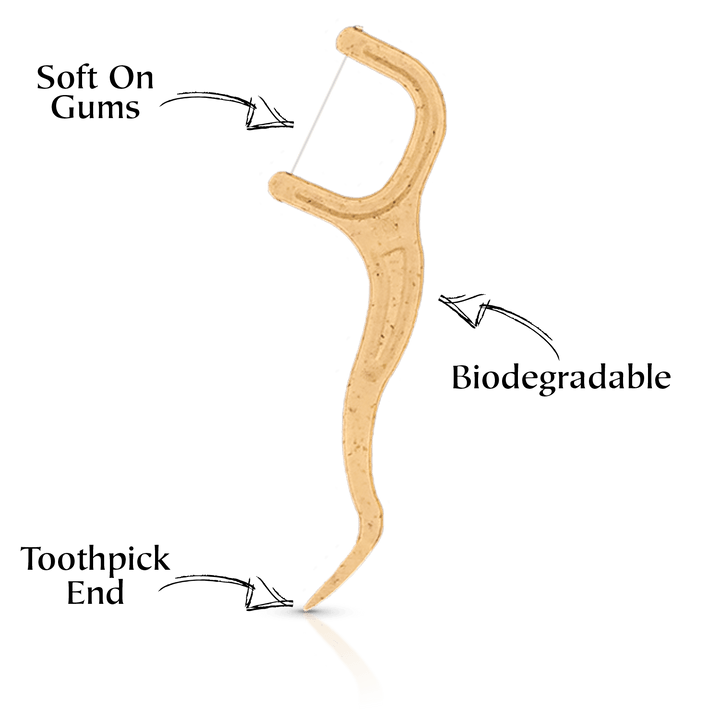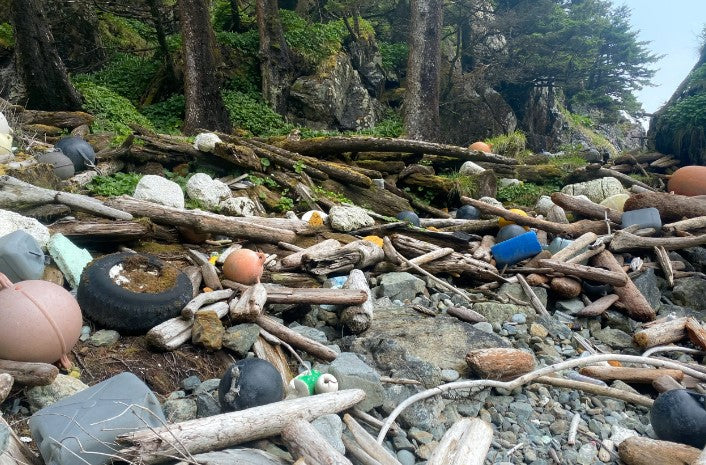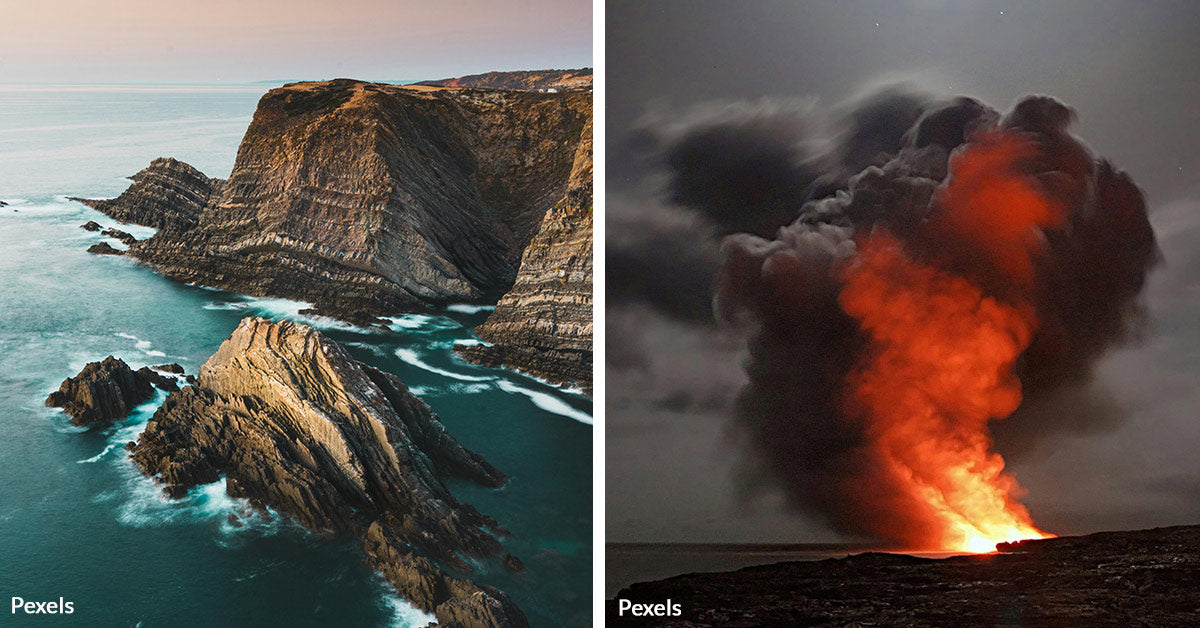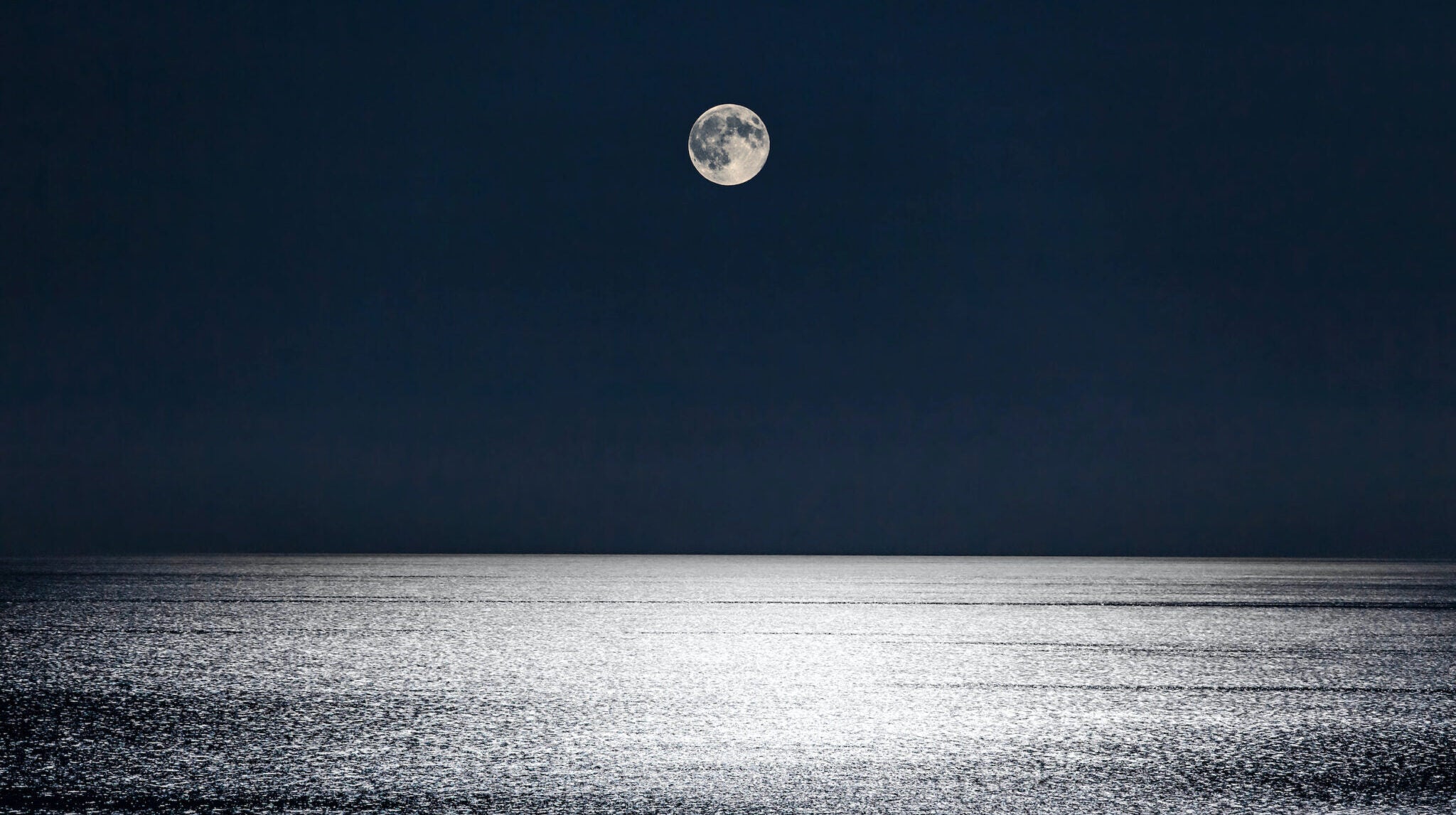Pristine Coral Reefs Found in Galápagos Marine Reserve
Happy Good News Friday, FTO! Diving into the unknown, scientists have stumbled upon a stunning deep-sea coral reef teeming with life in a previously unexplored part of the Galápagos marine reserve.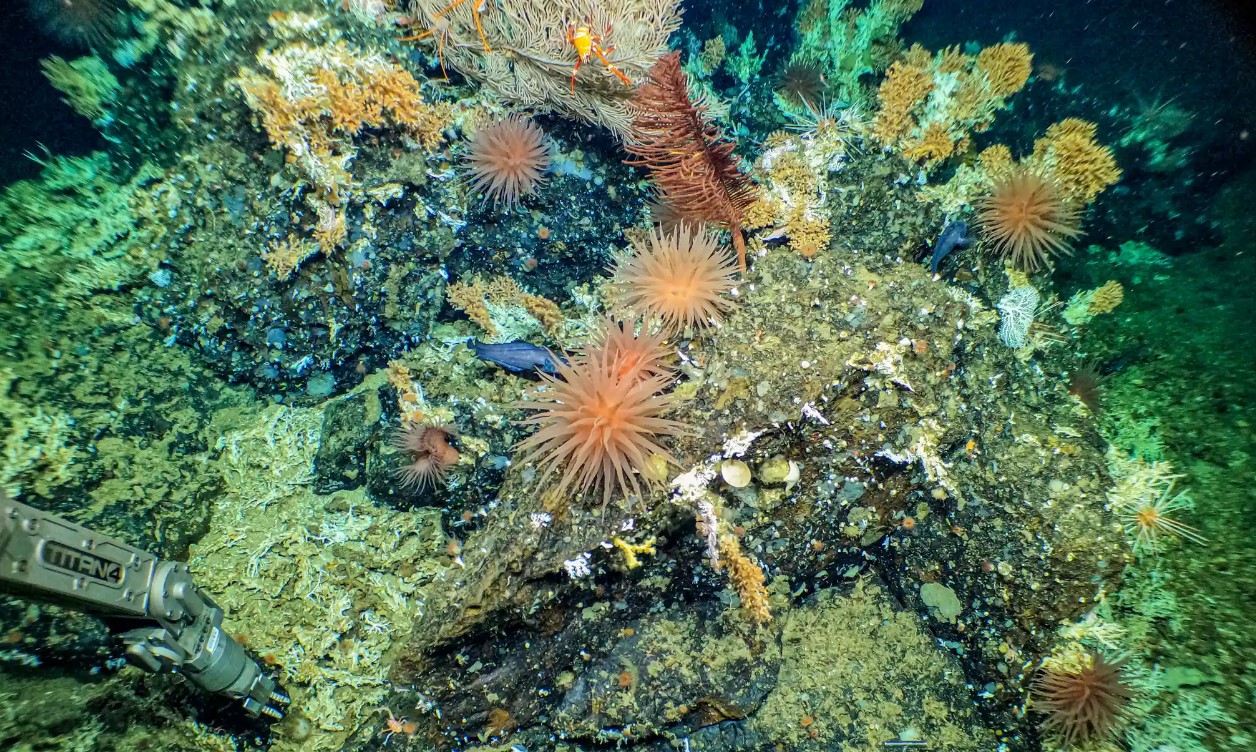
Photo credit: U. Bristol/Woods Hole/Oceanographic Institution
Exploring the Depths with HOV Alvin
Using a human-occupied submersible vehicle, HOV Alvin, marine biologists Dr. Michelle Taylor and Dr. Stuart Banks ventured to depths of 600 meters to explore a previously unmapped seamount in the central part of the archipelago. What they discovered was a breathtaking mix of deep marine life, including pink octopus, batfish, squat lobsters, sharks, and rays.
This incredible find has raised hopes that healthy coral reefs can still thrive despite the current crisis caused by record sea surface temperatures and ocean acidification. It also highlights the effectiveness of conservation actions and proper management.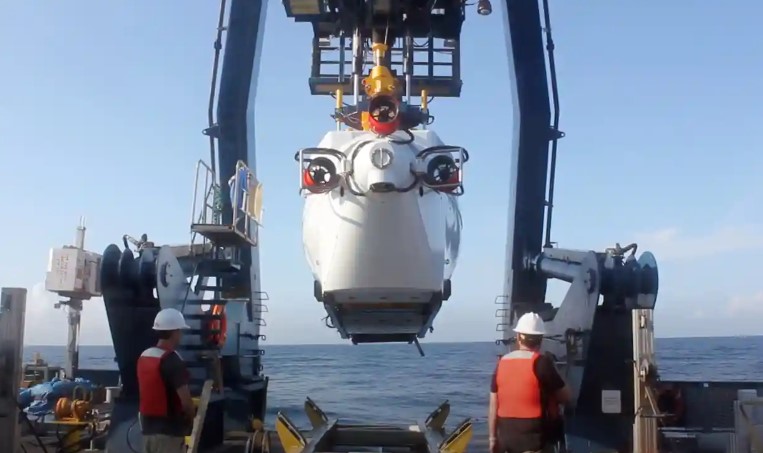
Photo credit: Samuel J. Mitchell (U. Bristol)
A Boost for Regional Marine Conservation Efforts
José Antonio Dávalos, the environment minister for Ecuador, celebrated the discovery, saying it reaffirms the determination to establish new marine protected areas (MPAs) in Ecuador and promote a regional marine protected area in the eastern tropical Pacific.
Ecuador is working with neighboring countries, Panama, Costa Rica, and Colombia, on a regional marine corridor initiative, aiming to protect and responsibly manage the ocean.
State-of-the-Art Exploration and Global Significance
HOV Alvin’s exploration utilized cutting-edge sampling capabilities and visual upgrades, including improved high-quality still and ultra-high-definition 4K video-imaging systems. The newfound reef may hold global significance, acting as a “canary in the mine” for other reefs, helping scientists monitor how pristine habitats evolve with the current climate crisis.
Banks said the reef could help reconstruct past ocean environments to understand modern climate change and the role of MPAs in the carbon cycle and fisheries. “It’s very likely there are more reef structures across different depths waiting to be explored,” he said.
Connecting the Dots for Marine Protection
The recently established Hermandad marine reserve connects a chain of seamounts in Ecuadorian waters to offshore marine environments, such as Costa Rica’s Cocos Island national park. These underwater mountains serve as migratory routes for marine life and need special measures to protect foraging grounds and sustain responsible fisheries.
Dávalos emphasized the importance of achieving the commitments of the Global Ocean Alliance 30×30, which aims to protect at least 30% of the world’s oceans by 2030.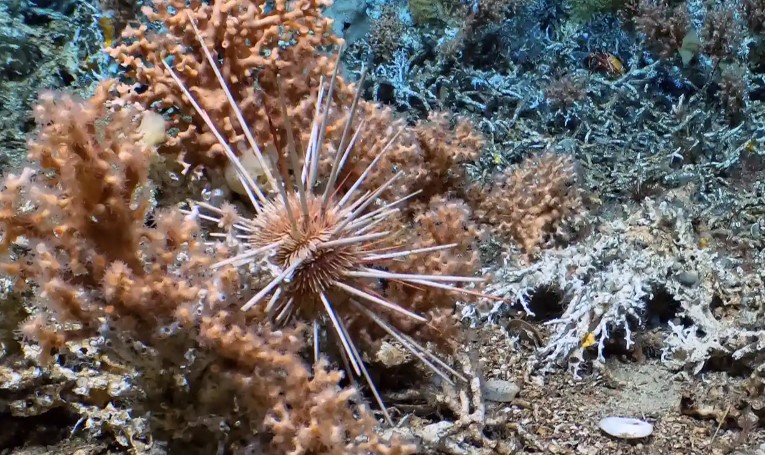
Photo credit: L Robinson, U Bristol/WHOI
As we continue to face the challenges of climate change and ocean degradation, the remarkable discovery of these pristine coral reefs in the Galápagos marine reserve is a beacon of hope. It reminds us that nature, when protected and nurtured, can be resilient and thrive against all odds. This beautiful find underscores the importance of global collaboration, innovation, and commitment to preserving our oceans for future generations. Together, we can uncover the mysteries that lie beneath the waves and work towards creating a healthier, more sustainable world.


























































































































